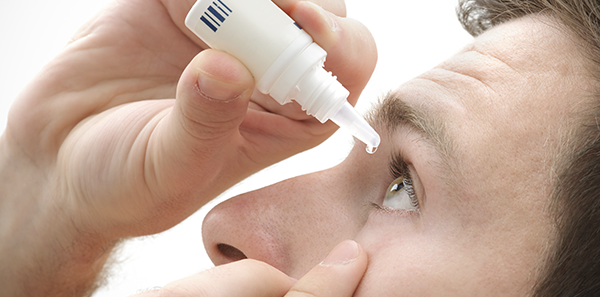
In recent decades, ostheoporosis has motivated a constant interest in the field of medicine, given the transcendence of this disease at both clinical and socioeconomic levels.
Ostheoporosis is the most common metabolic bone disease of western countries. It is far more frequent in women and the increase of its prevalence is influenced by the aging of the population as well as changes in lifestyles, increased sedentariness and decreased physical activity outdoors (less exposure to the sun).
We may define ostheoporosis as a progressive loss of bone mass and deterioration of bone quality involving greater bone fragility and the breakage and thinning of the trabecular bone structure. It is important to highlight two fundamental elements: bone quantity and quality.
Loss of bone mass occurs in two well-defined stages of life, menopause and old age.
Fragility fractures are the most evident clinical manifestation of existing ostheoporosis.
Contrary to common belief, ostheoporosis is asymptomatic and is only detected when pain accompanies a fracture.
Bone is living tissue which needs to be constantly renewed through bone remodeling – a mechanism by which the “old” bone is renewed to maintain its structure and mechanics – a dynamic and coordinated process, in order to preserve its properties.
In normal conditions, resorption and formation are balanced. Quality and bone mineral density (BMD) remain stable and the bone is biomechanically competent.
A greater susceptibility to fractures exists with ostheoporosis. Bones become increasingly fragile due to the loss of bone mass and resistance, and these may suffer fractures through minor or minimal traumatisms, known as low-impact fractures.
The main cause of bone mass loss is the deprivation of estrogen which occurs in women after menopause.
Ostheoporosis may be classified into primary and secondary.
- There are two types of primary osteoporosis: postmenopausal or senile osteoporosis.
- Multiple causes which may induce secondary osteoporosis include genetic and metabolic diseases, endocrine and rheumatic illnesses, neoplasia, abuse of toxic substances (alcohol, tobacco, caffeine…), long-term immobilizations, medications (especially glucocorticoids), etc. The most frequent cause of secondary osteoporosis, and that having the greatest clinical transcendence, is that produced by the use of corticoids (glucocorticoids).
In general, some primary preventive measures we must make special reference to include our eating habits, increasing our consumption of fiber, reducing our intake of fats, and eating more dairy products to guarantee sufficient calcium intake.
On another hand, exercise practiced outdoors provides an adequate consumption of vitamin D.
We hope that this simple article will clarify concepts and offer basic guidelines for understanding osteoporosis and a few basic actions we may take to prevent it.
The information published in this media neither substitutes nor complements in any way the direct supervision of a doctor, his diagnosis or the treatment that he may prescribe. It should also not be used for self-diagnosis.
The exclusive responsibility for the use of this service lies with the reader.
ASSSA advises you to always consult your doctor about any issue concerning your health.












